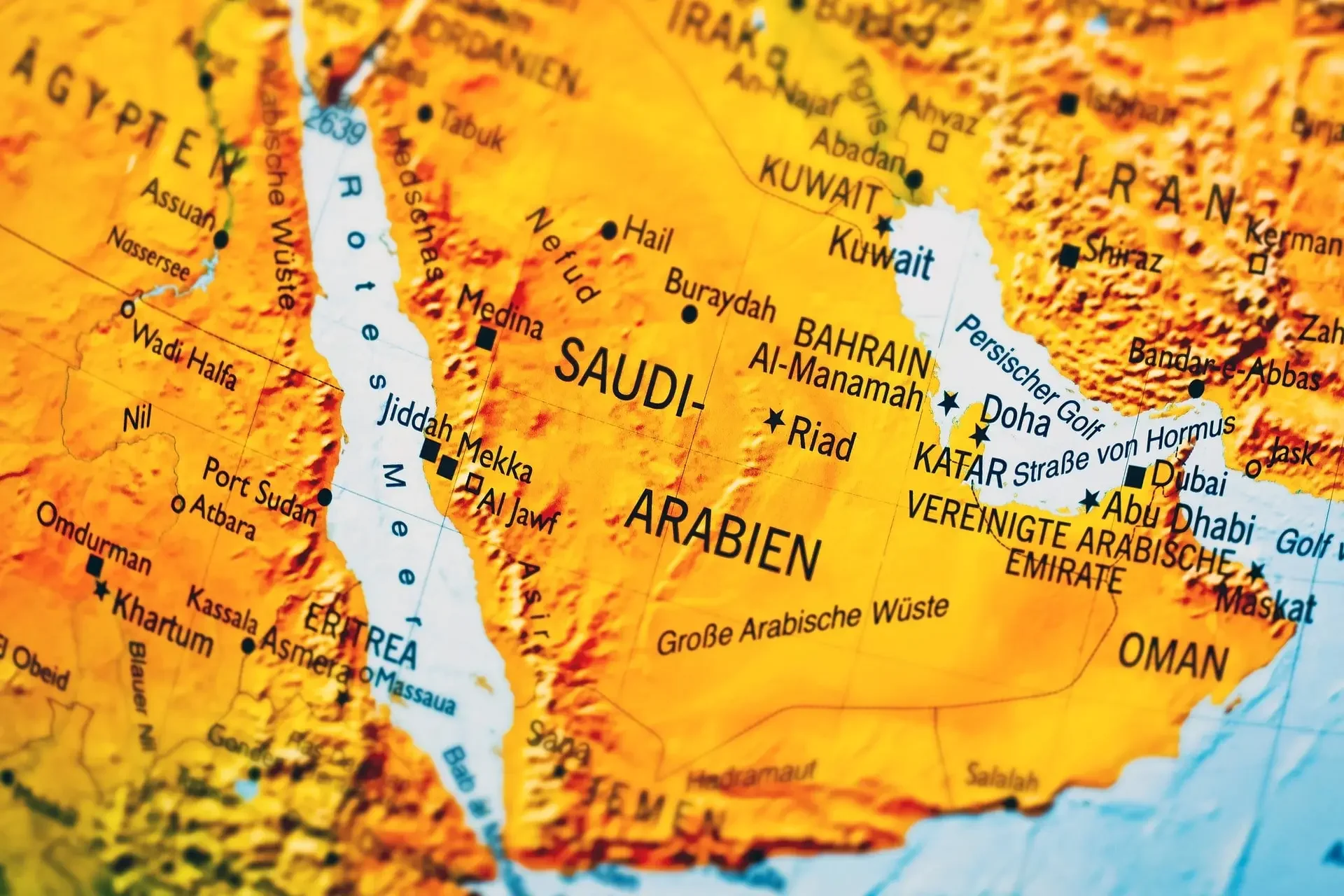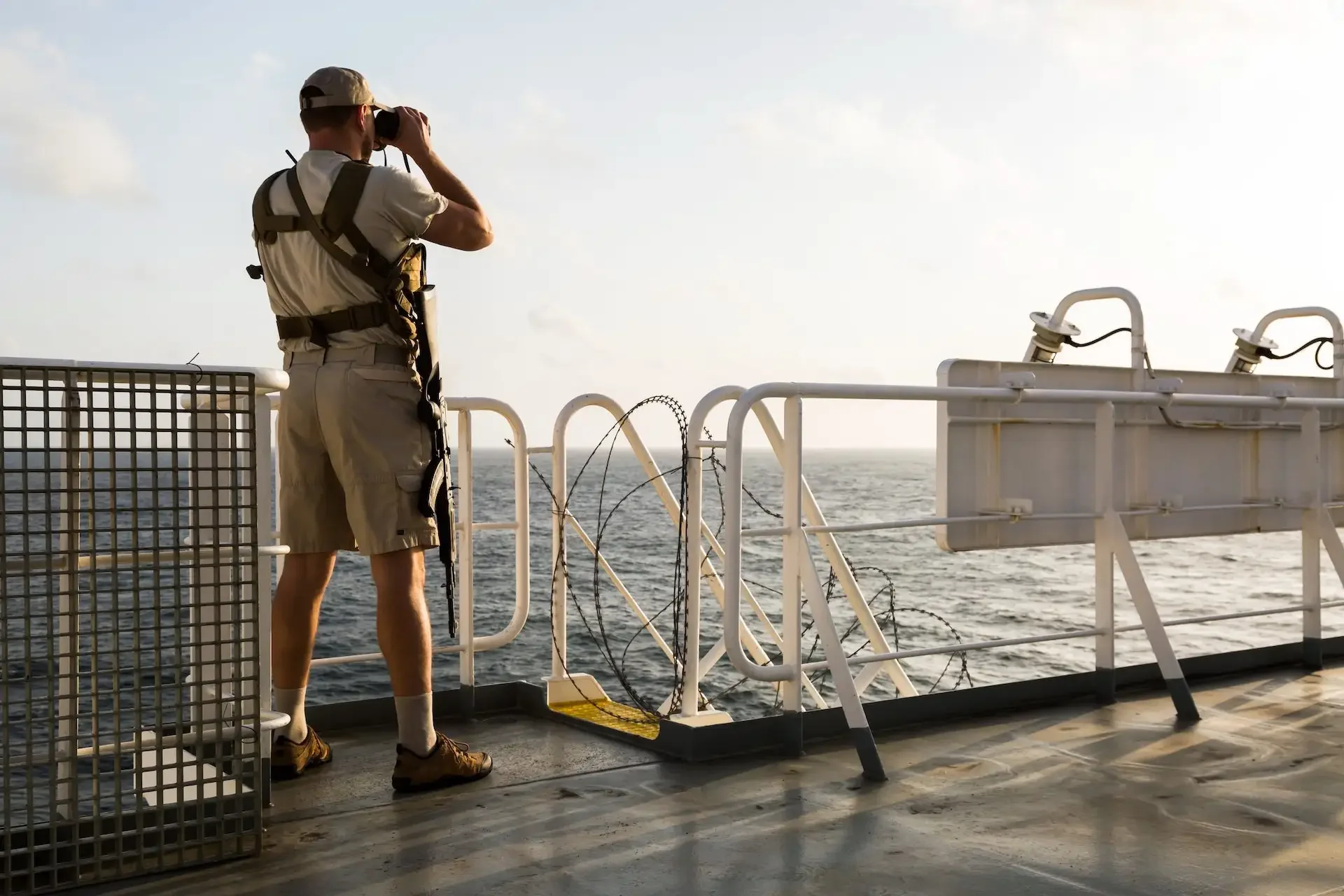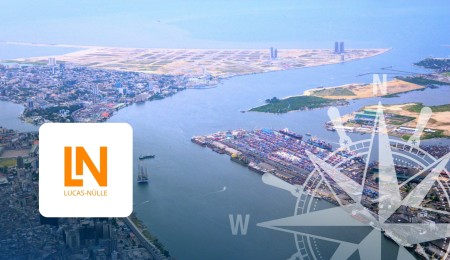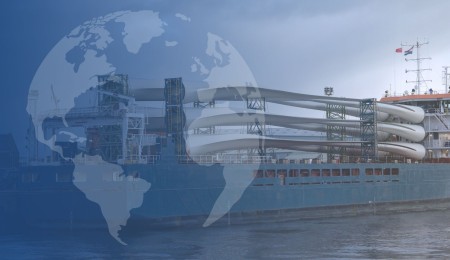
Background: What is behind the attacks by the Houthi rebels?
The latest events in the Red Sea could not demonstrate more clearly how closely international maritime traffic is intertwined with complex global political developments. The militancy of the Houthi rebels, who receive massive support from Iran, reflects their reaction to the armed conflict in the Gaza Strip. By attacking cargo ships traveling between the Gulf of Aden and the Suez Canal, they want to put pressure on Israel to end the war in Gaza.
The importance of this trade route can already be seen in one aspect: It is the shortest sea route from Europe to Asia. No less than ten percent of all global trade therefore passes through the Red Sea alone. The USA and Great Britain have already attacked Houthi militia positions in response to the weeks of attacks on merchant ships. At a meeting on January 20, the EU foreign ministers will decide to what extent the European Union itself will participate in the US military operation 'Prosperity Guardian' to secure shipping traffic.

Longer delivery routes, higher costs
Regardless of all the reactions to date and those yet to come, the Houthi attacks are already having consequences that extend far beyond the decks of the affected ships. The International Maritime Organization (IMO) initially reported that the majority of shipping companies were avoiding the important route through the Red Sea and had suspended freight traffic through the Red Sea and the Gulf of Aden indefinitely.
In the meantime, however, only very few are still using the sea route around the Cape of Good Hope. In international logistics, where every minute and nautical mile counts more than in almost any other industry, the much longer route past Cape Town would have a massive impact in the long term, both in terms of time and money, due to higher fuel consumption, longer utilization times and higher personnel costs. Factors such as these weigh heavily in today's just-in-time economy.
Almost all shipping companies are now passing through the Suez Canal and the Bad al-Mandab Strait again. Only very few still take the detour around the Cape of Good Hope - but this does not mean that normality has returned. After all, returning to the established route through the Red Sea is also associated with correspondingly higher costs. The general rates have risen, and risk surcharges are also being levied, both for the Middle East and the entire Eastbound sector.
An unmistakable sign of this development is the Shanghai Containerized Freight Index (SCFI), which tracks fluctuations in freight rates. The SCFI has seen a dramatic climb in recent weeks. On January 19, the index reached 2,239 points - a level not seen since September 2022. The cost of transporting a container has more than doubled in a very short space of time.
It is particularly noteworthy that these price increases do not only affect routes that run directly through the Red Sea and the Suez Canal. Connections that at first glance appear to be unaffected by the crisis are also feeling the pressure. Spot rates for shipments from Shanghai to the west and east coasts of the USA have risen by 9 and 10.5 percent to 2,775 and 3,931 US dollars per forty-foot equivalent unit (FEU) respectively. Freight from China's largest port to Dubai now costs 14 percent more. Even intra-Asia traffic has seen an increase of 25 percent.
Adaptability is required
As an international sea freight forwarder, we are constantly faced with dynamic changes in our daily business caused by complex geopolitical challenges. Over the decades, we have learned to remain flexible, continuously adapt our strategies and redefine them as required.
So even now - and especially in these turbulent times - it is all the more important for us to work as closely as possible with our customers and to communicate transparently and openly about delays, cost changes and alternative route options. Our aim is not just to report problems, but to proactively offer solutions and set realistic expectations despite all the uncertainties.
After all, we don't want to be judged solely on our ability to transport goods. Challenges such as the current attacks on global shipping give us the opportunity to prove that we can adapt to constantly changing conditions while always keeping our customers' interests in mind.






